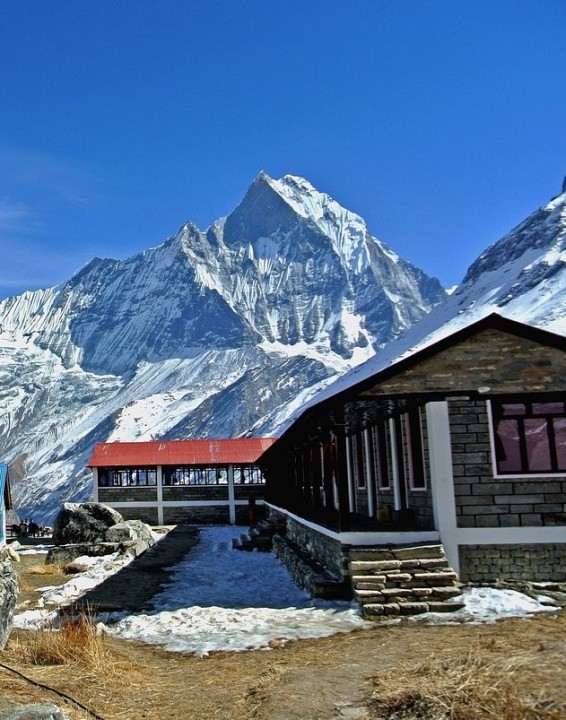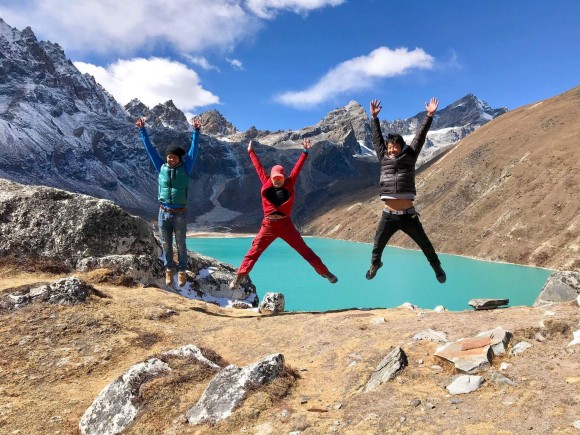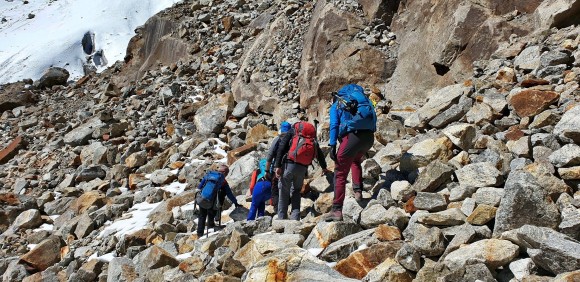
Sarki Sherpa
Feb 24,2020Why You Should Travel To Nepal
Nepal's history dates back to the time of the Gopalas and Mahishapalas who are believed to have been the earliest rulers of the valley with their capital at Matatirtha, the south-west corner of Kathmandu Valley. They were ousted by the Kirantis around the 7th or 8th Century B.C. The Kirantis are said to have ruled the valley for many centuries following their victory. Their famous King Yalumber is even mentioned in the ‘Mahabharata’ as he is said to have led his troops to the epic battle. Then around 300 A.D. the Lichhavis arrived from northern India and overthrew the Kirantis. One of the legacies of the Lichhavis is the Changu Narayan Temple near Bhaktapur, a UNESCO World Heritage Site (Culture), which dates back to the 4th Century. In the early 7th Century, their King Amshuvarma, married off his daughter Bhrikuti to the famous Tibetan King Tsong Tsen Gampo, thus establishing good relations with Tibet. The Lichhavis brought art and architecture to the valley but the golden age of creativity arrived in 1200 A.D after the Mallas conquered them.
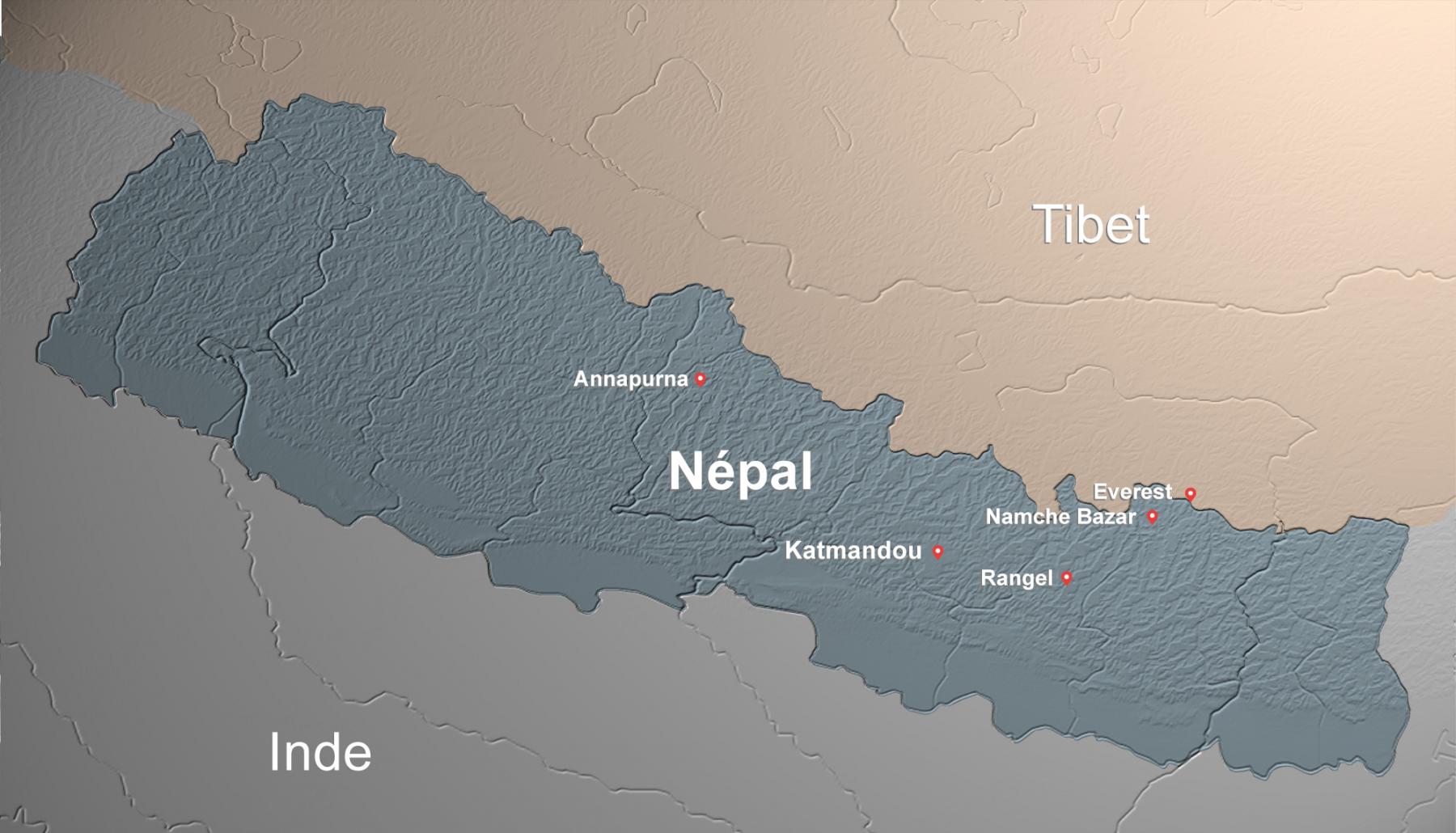
During their 550 year rule, the Mallas built remarkable temples and artistically designed palaces with picturesque squares filled with woodcarvings and metal works. It was also during their rule that the valley society and the cities became well organized; spectacular religious festivals were introduced and literature, music, art and drama were encouraged. After the death of King Yaksha Malla, the valley was divided into three kingdoms: Kathmandu (Kantipur), Bhaktapur (Bhadgaon) and Patan (Lalitpur). At the time, Nepal as we know it today was divided into 46 independent principalities. One among these was the kingdom of Gorkha ruled by a Shah king. Much of Kathmandu Valley’s history around this time was recorded by Capuchin friars from Italy who lived in the valley on their way in and out of Tibet.
An ambitious Gorkha King named Prithvi Narayan Shah embarked on a conquering mission that led to the defeat of all the kingdoms in the valley including Kirtipur.by 1769. Instead of annexing the newly acquired states to his kingdom of Gorkha, Prithvi Narayan decided to move his capital to Kathmandu, thus establishing the Shah dynasty which ruled unified Nepal from the late 18th century to 2008.
The Gorkha state dates back to 1559 when Dravya Shah established his kingdom in a land predominated by Gurung and Magar people. During the 17th and early 18th centuries, the Gorkha kingdom was slowly expanding, conquering some neighbouring states while forging alliances with others. Eventually it was Prithvi Narayan Shah who led his troops to the Kathmandu Valley. After a long struggle, he defeated all the valley kings and established his palace in Kathmandu leaving Gorkha for good. Recognizing the threat of the British Raj in India, he banished European missionaries from the country and for more than a century, Nepal remained closed to the outside world.
During the mid-19th Century Jung Bahadur Rana rose to power as Nepal’s first Prime Minister, becoming more powerful than the Shah King he was supposed to serve under. The king became a mere figurehead and Jung Bahadur started a hereditary reign of the Rana Prime Ministers that lasted for 104 years. In 1950, the Ranas were overthrown in an uprising to bring democracy in the country with strong support from the-then monarch of Nepal, King Tribhuvan. Soon after the overthrow of the Ranas, King Tribhuvan was reinstated as the Head of the State. In early 1959, Tribhuvan’s son King Mahendra issued a new constitution, and the first democratic elections for a national assembly were held. The Nepali Congress Party was victorious and their leader, Bishweshwar Prasad Koirala (popularly known as B.P.) formed a government and served as Prime Minister. But this government didn’t last long as King Mahendra decided to dissolve Parliament in 1960, and introduced a one party ‘Panchayat’ rule.
The Panchayat system lasted until 1990, when a popular people’s movement led by the political parties that had been banned by the government which until then had been known as ‘His Majesty’s Government’, gave way to democracy. The long struggle paid off when King Birendra accepted constitutional reforms and established a multiparty parliament with himself as the Head of State and an executive Prime Minister under him. In May 1991, Nepal held its first parliamentary elections.
In February 1996, the Maoist parties declared a People’s War against monarchy and the elected government. Then on 1st June 2001, a horrific tragedy wiped out the entire royal family of Nepal including King Birendra and Queen Aishwarya along with most of their closest relatives. With only King Birendra’s brother, Gyanendra and his family surviving, he was crowned king. King Gyanendra abided by the elected government’s rule for a short time, but then dismissed the elected Parliament to wield absolute power. In April 2006, another People’s Movement was launched jointly by the democratic parties focusing on Kathmandu, which led to a 19-day curfew imposed by the king. With the movement not cowering down and ignoring even the curfew, King Gyanendra eventually relinquished his power and reinstated Parliament. On 21st November 2006, Prime Minister Girija Prasad Koirala and Maoist Chairman Prachanda signed the Comprehensive Peace Agreement (CPA) 2006, committing to democracy and peace for the progress of the country and people. The king was removed and the decade long Maoist war on the state came to an end. A Constituent Assembly election was held on 10th April 2008. And on 28th May 2008, the newly elected Constituent Assembly declared Nepal a Federal Democratic Republic, abolishing the 240 year-old monarchy. Nepal today has a President as Head of State and a constitutionally elected Prime Minister heading the Government.
With stunning views of some of the world's tallest mountains, contagious culture, friendly people, tasty delicacies, endless adventures, awe-inspiring wildlife, this landlocked Himalayan nation offers a wide range of travel options. Here are 8 reasons why you should be visiting Nepal at least once in your life.
Trekking Hub
Nepal is considered a trekking paradise for all the lovers of travel and mountaineering enthusiasts with various trekking opportunities. There are many trekking routes where due to remoteness and high altitude, some are easy and fast for panoramic views and cultural qualities, as well as some hiking, is challenging. Embark on popular trekking places, mainly Everest Base Camp Trek, Annapurna Base Camp Trek, Upper Mustang Trek, and Langtang Valley trek. Trekking in Nepal is a great opportunity to explore the beautiful mountain views, green forest, varieties of local culture, taste of local foods, wildlife and more. Your trekking journey with no uncertainty can be quite enjoyable.
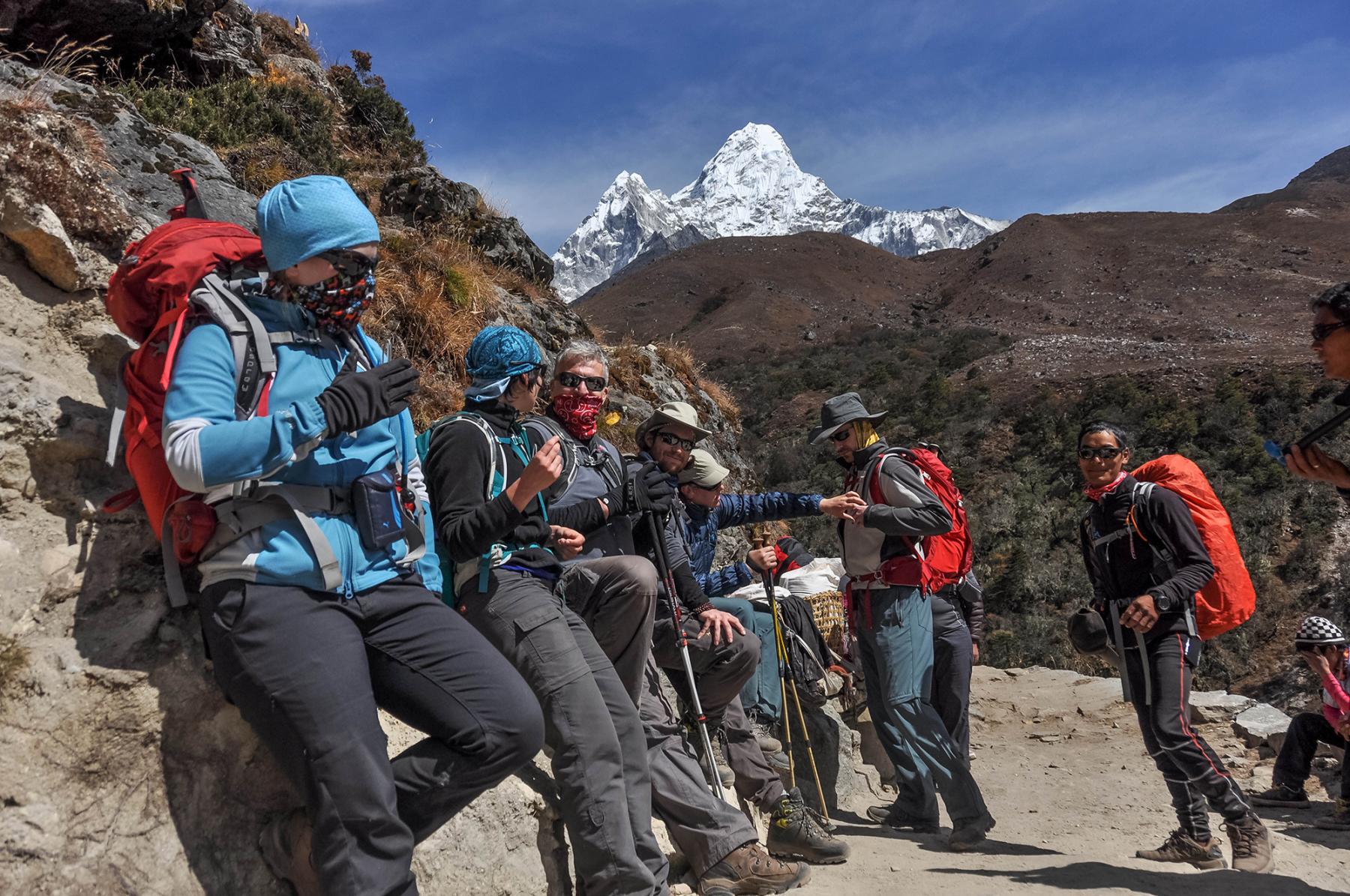
Experience Adventurous Activities
Nepal delivers thrill to its full, with an eclectic array of events such as paragliding, zip-lining, white-water rafting, white-water kayaking, canyoning, mountain biking, rock climbing, bungee jumping, ultra-light flight and more. Embark on adventurous activities which describe the true meaning of adventure, thrill and adrenaline rush. Besides adventure activities, children from a young age can also learn a lot about ethnicity and multiculturalism. Nepal is always great for family adventures that keep everyone fully engaged.
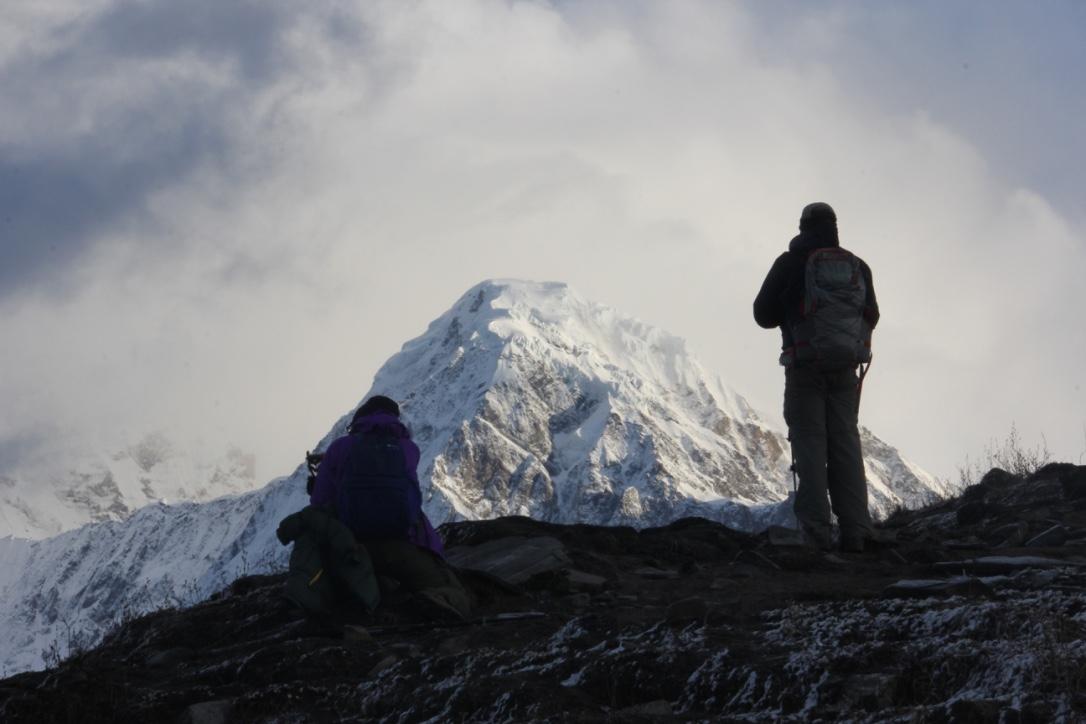
The number of World Heritage Sites
If you're planning a visit to Nepal, you'll have plenty of opportunities to explore UNESCO World Heritage Sites. The home of World Heritage sites is in Kathmandu. Seven UNESCO sites exist in Kathmandu valley alone. Lumbini, Sagarmatha National Park and Chitwan National Park are three sites outside of Kathmandu. Nepal is an excellent tourist destination rich in history, art, and architecture.
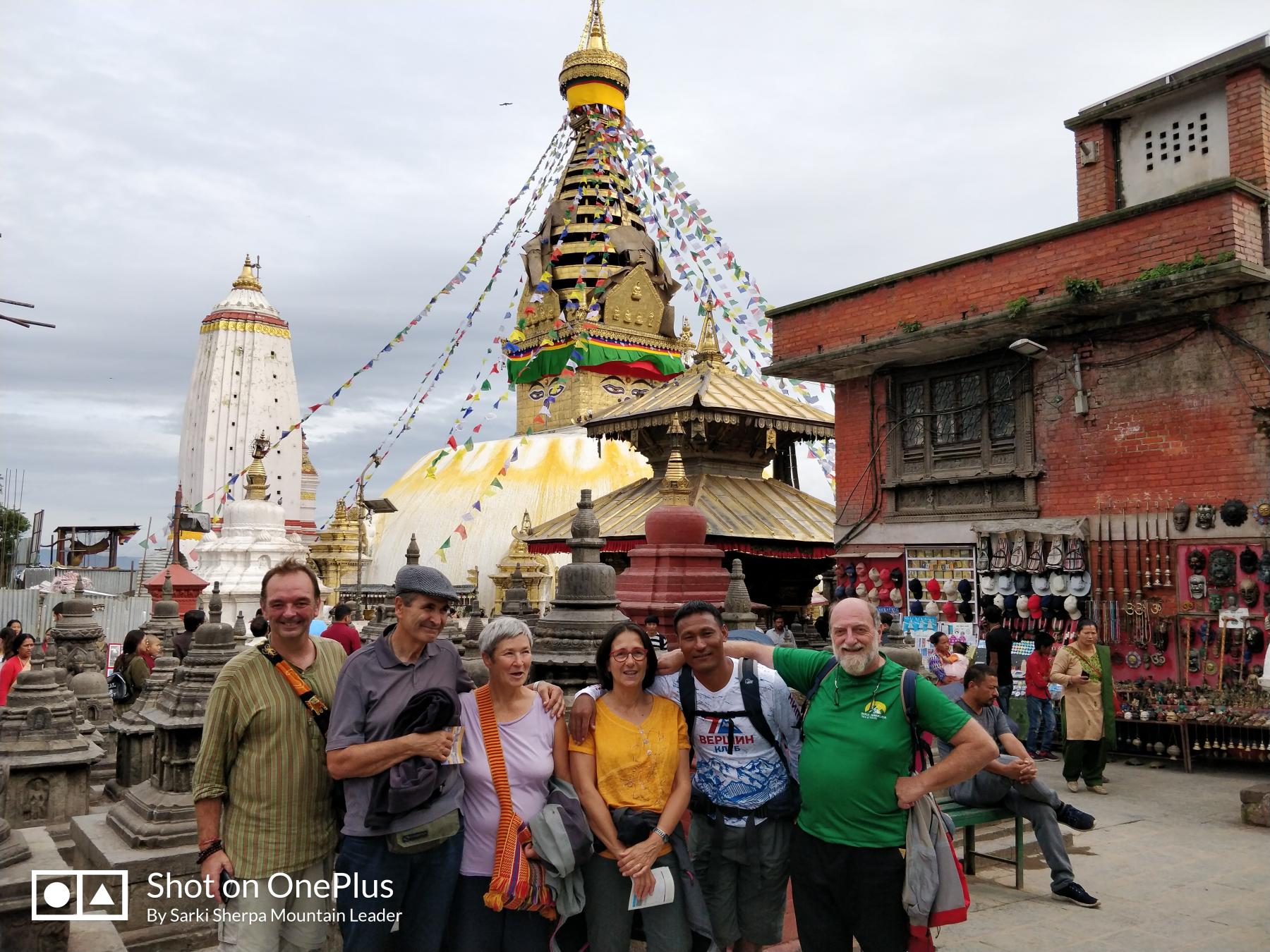
Cultural Variation
Nepal has over 35 different ethnic groups from the Himalayas, hills to flat terai lands and also has a distinct culture and tradition to show off. Besides the beautiful scenery, Nepal contains a diverse cultural and topographical blend. Exploring places in Nepal provides a great opportunity to gain insight into their community, history and lifestyle, which would be the new learning experience and a heavenly bliss.
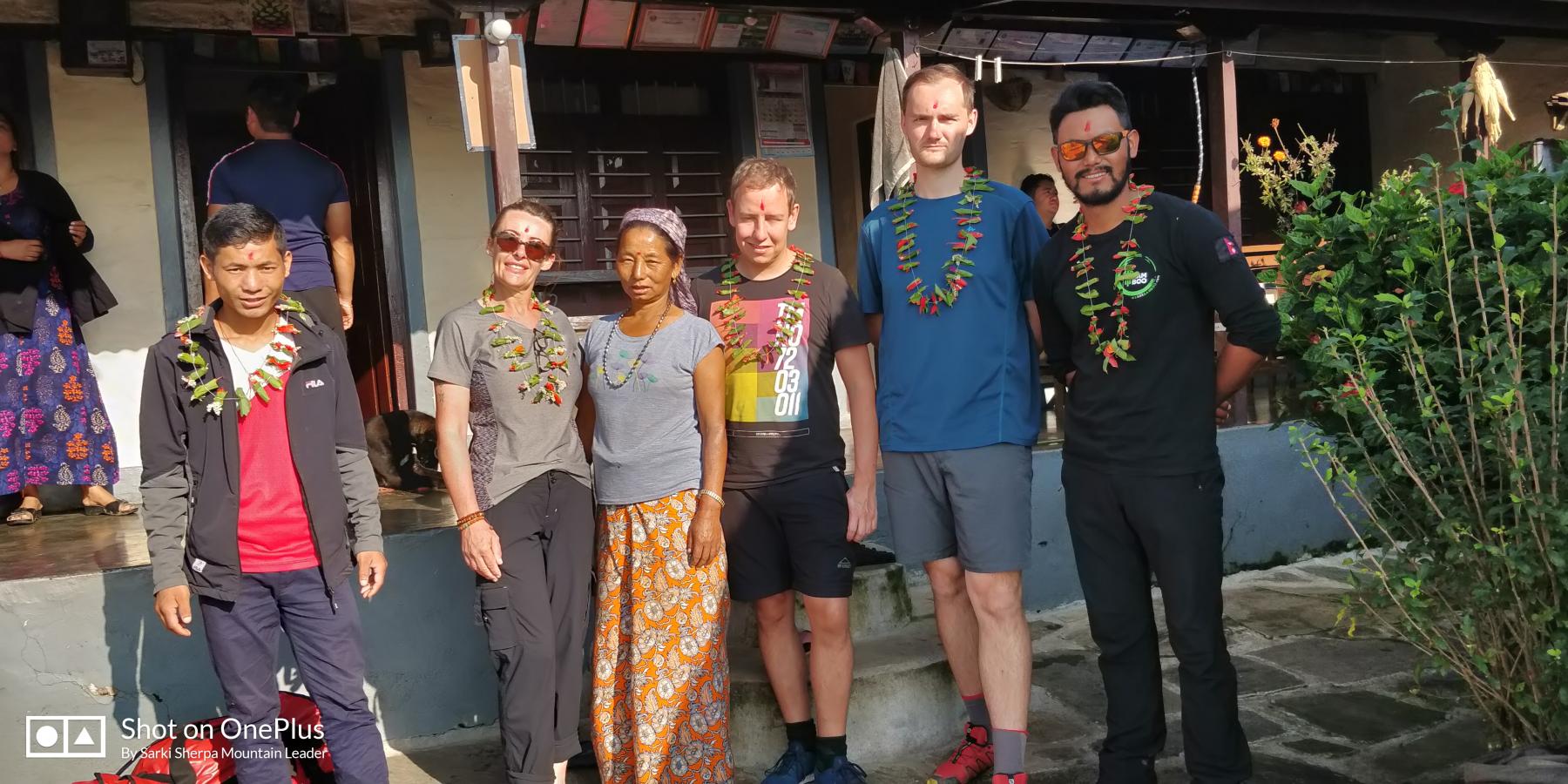
Religious Diversity
Most of the population of Nepal follows Hinduism, but as already stated with the many stupas around it, there is a strong Buddhist presence, as well as some Kiratism, Islam, and Christianity, though in a smaller population. Despite this diversity of multiculturalism and traditions, it is an enlightening experience to travel through different parts of Nepal to learn about the religions.
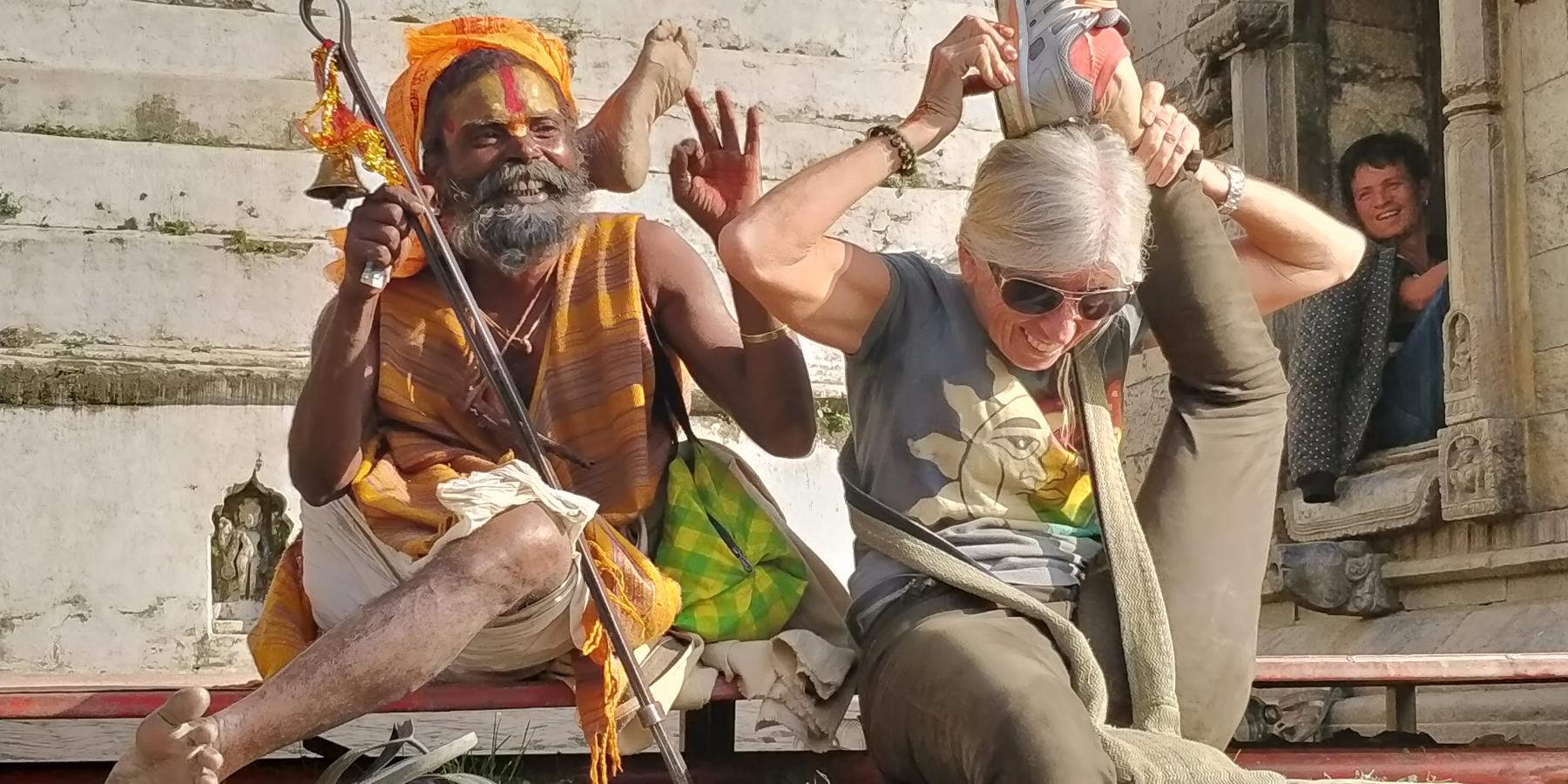
Nepalese Cuisine
Nepal's cuisine is certainly not to be skipped, with many different backgrounds and ethnicities. While the cuisine is heavily influenced by its neighbors China and India, but ingredients, flavors, and preparations are quite different in Nepal. It is necessary to try the Dhal bat dishes (main food for Nepalese), momo and Newari cuisine. There are also other varieties of delicacies that bring saliva in the visitor's mouth. While visiting Nepal, taste the best of food and cuisines.

Peace and Serenity
Nepal is far from wealth, but for people seeking a sense of serenity it is a perfect location. Nepal itself has been considered a highly sacred place for tourists for many years. It offers a charming, laid back atmosphere which makes up all the comforts of developed nations. You can easily be hyped by the countryside's tranquility, but even a casual stroll through Thamel's Kathmandu neighborhood can give you some quiet contemplation.
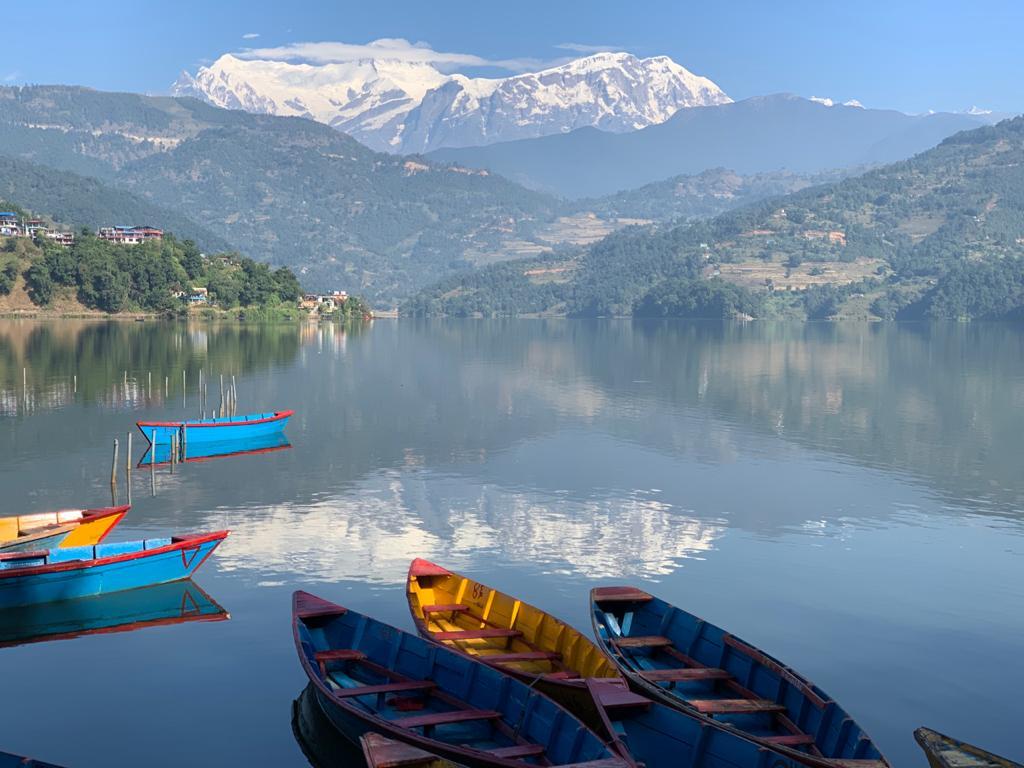
Safe Destination with Friendly People
Nepal is a safe place to travel in normal circumstances. Although there are challenging hikes, the paths are clear and guides are available. Residents are incredibly warm and welcoming in Nepal. Nepalese people are happy, and comfortable with visitors and are known for their hospitality and friendly nature.
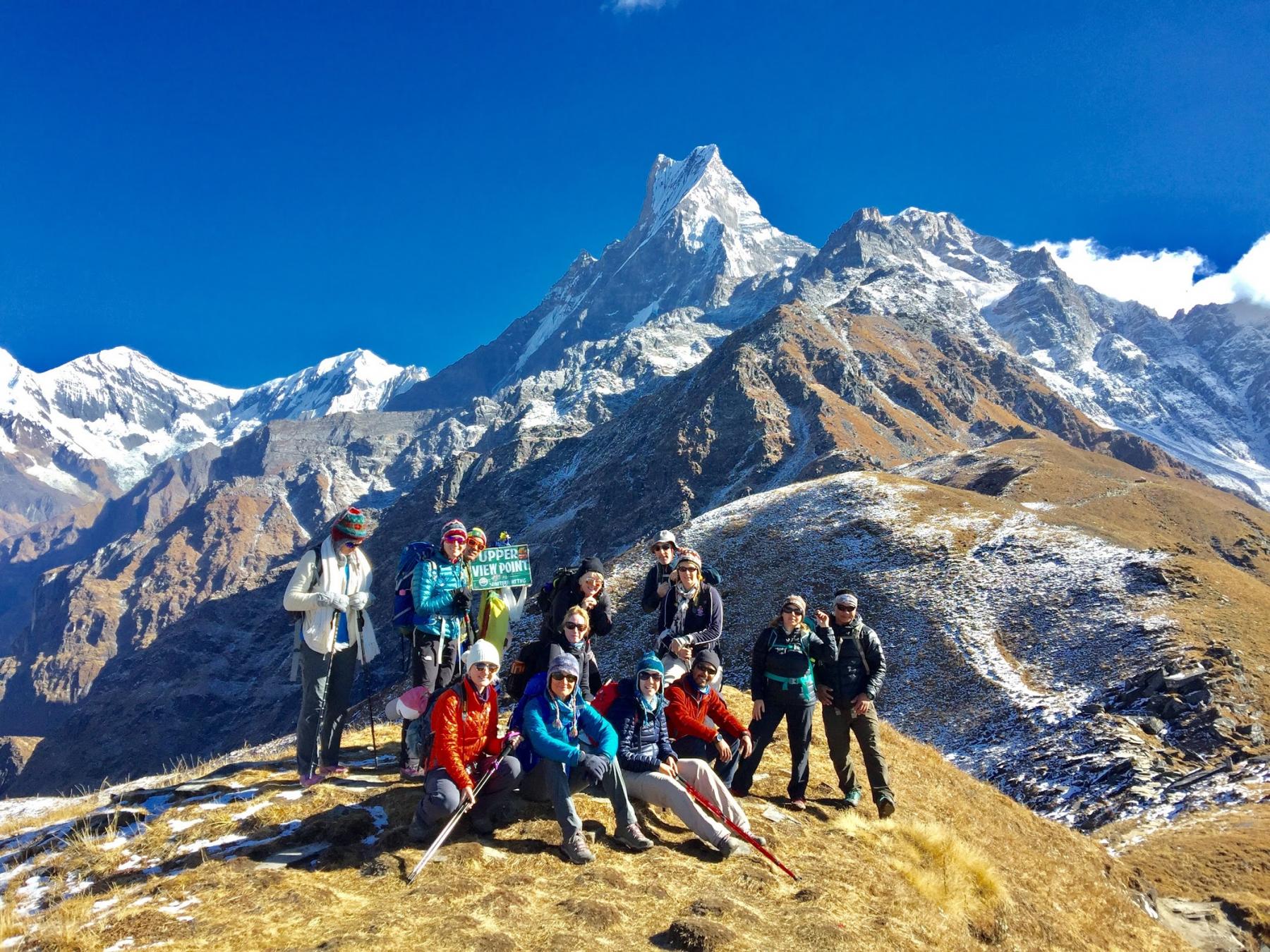
Related Blogs
View allYou are only as old as you feel. Sure, some mornings you can wake up and your body can be a little stiffer and a little sorer than you would like but that in no way means you are old.
Nepal Is A Hub Of Cultural Diversity. In Nepal, You Can Spot The Variance In Culture, Lifestyle, Religion, Tradition, And Language In Such Vast Amount That You Can See Nowhere Else On The Planet.
Il y a maintenant un an jour pour jour, 16 sherpas ont été emportés par une avalanche au milieu de la dangereuse « cascade de glace », premier passage à risque jusqu’au sommet du mont Everest.
If anyone have a plan to visit Nepal, I humbly request you to give main priority to my village. I had participated in the losar program in Bhigutaar sherpa village which is rich in cultural, traditional, linguistic and natural diversity.
Responsible Tourism is all about "making better places for people to live in and to visit." Soul Himalayan Trek and Tour- Nepal is accepted and has been adopted all relevant stakeholders, as well as strong political leadership to ensure wide participation and take responsibility, take action to make sustainable tourism.
There are many references and interesting evidences prove that the Sherpa people were the first inhabitants of the Eastern Himalayan region in present Nepal before the territorial demarcation in East Asia into the nations
Probably one of the first major reasons why you heard about Nepal in the first place was due to our magnificent mountains and the mighty Himalayas
Nepal Treks is not only a simply phenomenal undertaking but also a perfect opportunity to enjoy rare and exotic cultures alongside the magnificent Himalayas
In Nepal, most trekking begins at moderate temperatures from the lower altitude to higher altitudes at cold temperatures. Thus, it is better to dress in layers so that with the temperature variation you can change your clothing.
Search Trips
Our top-selling trip
Here are some of our most popular trips. Join the Soul Himalayan Travel team to experience Asia at its best.














